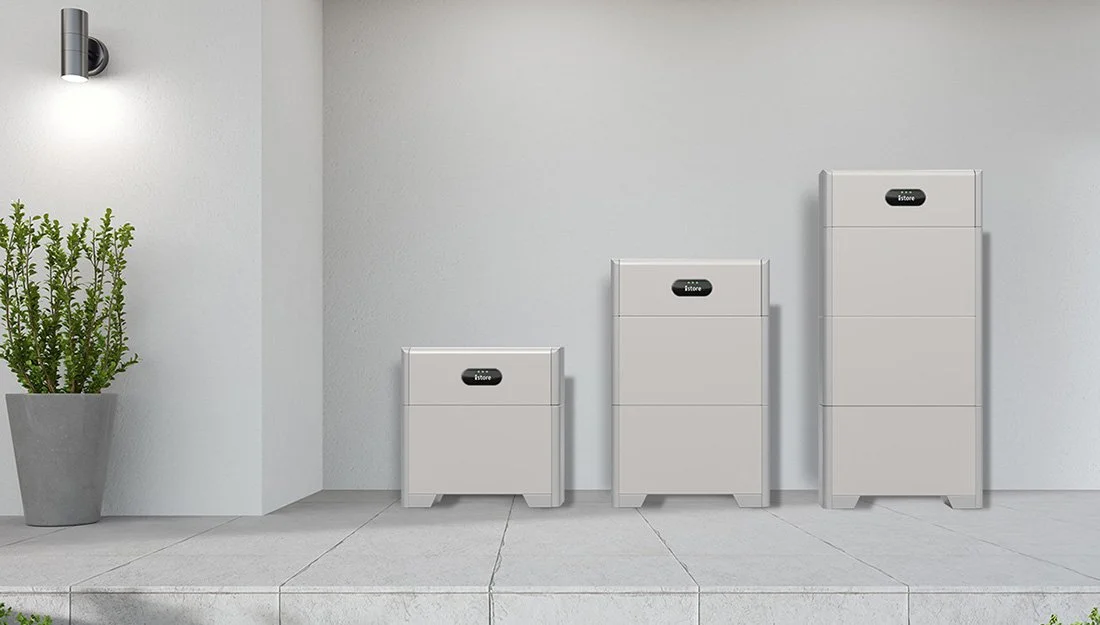Solar Batteries 101: Choosing, Scaling, and Saving
Investing in solar battery storage is one of the smartest ways to maximise the value of your solar panels. By storing excess energy for use after sunset, you cut grid reliance, slash power bills and gain greater energy independence. But how do you choose the right capacity, and what chemistry should you trust? This guide breaks down the essentials—drawing on the modular 5 kWh–30 kWh battery range from iStore—to help you size, scale and save with confidence.
1. Understand Your Daily Energy Use
Start by reviewing your electricity bills to learn how many kilowatt-hours (kWh) you use on an average day. Pay special attention to evening and overnight consumption, as that’s when a battery will cover your needs.
Household TypeTypical Daily UseSuggested Starting Battery SizeSmall flat / couple6–10 kWh5 kWh moduleAverage family home12–18 kWh10–15 kWh (2–3 modules)Large home / high-use appliances20 kWh+20–30 kWh (4–6 modules)
Rule of thumb: aim to cover at least 60–80 % of your night-time load with stored solar energy. Anything left can still pull from the grid on rare occasions.
2. Embrace Modular Flexibility (5 kWh to 30 kWh)
iStore’s battery system is built in stackable 5 kWh blocks. Start with one or two modules today and add more later as your lifestyle changes—ideal for:
Growing families who expect higher usage down the track
EV owners planning to charge at home
Home offices with rising day-time demands
Because each 5 kWh unit weighs just 50 kg and clicks neatly into place, upgrading is straightforward, cost-effective and mess-free. Scaling to the full 30 kWh provides serious backup power for larger properties or small businesses.
3. The LFP Advantage: Safe, Long-Lasting Chemistry
Not all lithium batteries are equal. iStore uses Lithium Iron Phosphate (LFP) for several key reasons:
Superior safety – LFP is far less prone to thermal runaway, thanks to its inherently stable chemistry.
Extended cycle life – Expect 6,000+ charge/discharge cycles, meaning well over a decade of daily use.
Full depth of discharge – You can utilise almost 100 % of the stated capacity without harming battery health, maximising every kilowatt-hour of storage.
Eco-friendlier build – LFP avoids cobalt and nickel, reducing environmental and ethical concerns.
4. Calculate Your Savings
Pairing a correctly sized battery with solar panels lets you:
Self-consume more solar – Use daytime generation at night, trimming feed-in losses.
Avoid peak tariffs – Draw stored power when grid rates spike.
Protect against outages – Keep lights, fridges and internet running during blackouts.
Typical households shifting 10 kWh per day from grid to battery can save $800–$1,200 per year (depending on local tariffs). Over the battery’s lifespan, those savings easily outweigh upfront costs—especially with rebates or feed-in rewards.
5. Future-Proof Your Solar Investment
Energy habits evolve: EVs, smart appliances and working from home all increase electricity demand. A modular, LFP battery lets you adapt rather than replace. Monitor usage via the companion app, add modules when needed and stay ahead of energy price rises—without compromising safety or warranty.
Choosing the right solar battery doesn’t need to be daunting. Begin by sizing to your current night-time load, select a modular LFP system you can expand, and enjoy immediate bill reductions with long-term peace of mind. With iStore’s 5 kWh to 30 kWh range, you’ll have a flexible, future-ready solution that keeps your home powered sustainably—today, tomorrow and for years to come.
Get in touch today to start our journey together.
Stay committed!
Damien Frearson

